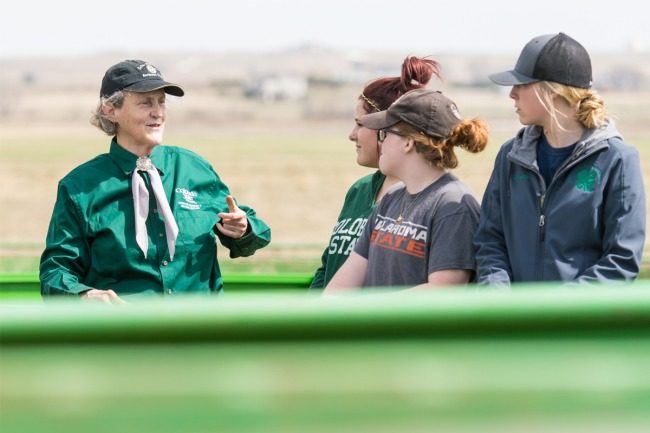Recently there have been more questions on the best procedures for collecting numerical data for the North American Meat Institute’s (NAMI) animal welfare audits. This is likely due to Professional Animal Auditor Certification (PAACO) classes being taught online.
A major area of confusion is scoring of vocalization of cattle and pigs. For cattle, all animals that vocalize in the stun box or restrainer must be counted. In the lead-up chute, vocalizing cattle that occur while they are actively being moved are counted. Each individual bovine is scored as either silent or vocal. In cattle, it is easy to determine if the vocalizations are originating from either a single bovine or multiple cattle.
With groups of pigs, it is almost impossible to determine if one pig or multiple pigs are squealing. This is the reason why the NAMI guideline scores pig vocalizations only in the conveyor restrainer or a single animal stun box on a per animal basis. They are classified as either vocal or silent.
Depending on the size of the plant, data that is collected is either for 100, 50, or 25 animals. For very small plants, that may have 10 or less animals processed per day, all the animals are scored.
For large plants over 150 per hour all species: Score three groups of 100 cattle, pigs or sheep. The total number of animals scored would be 300. The first group would be for scoring insensibility and the location of the auditor would be in the bleeding area. For the second group of 100, the auditor would be located near the stunner to score either captive bolt stunning or wand placement for electric stunning. At this same time, vocalization would also be scored. For a third group of 100 animals, the auditor would be located by either the lead-up chute or the last group going into a CO2 chamber. Falling and electric prod use would be scored for all species. All scores are per animal.
Before collecting the numerical sample for falls and electric prod use, I would go to the crowd pen and watch three or four groups of animals passing through it. If there were zero falls and zero electric prod use, I then collected the entire numerical sample near the stun box or restrainer entrance. If I observed falls or prods, I would split the numerical sample and score half at the crowd pen and half at the stun box or restrainer entrance.
The third group of 100 cattle would also be scored for vocalization, both in the leadup and in the stun box. Falls at the unloading area are scored as part of the transportation audit.
Medium plants 25 to 150 per hour of all species: In most plants of this size, two groups of either 100 or 50 animals are scored. To have clear sample boundaries, the number scored should be determined before the audit starts. The first group is scored for insensibility in the bleed area. For the second group, the auditor should find a position to stand where they can see both the stunner and the leadup chute. This makes it possible to simultaneously score stunning, falling, electric prods and vocalization. In a stun box, all animals that fall before stunning are counted. For falls, the auditor should also walk around to determine if falling is a problem in some other part of the chutes, crowd pen, or main drive alley. If they observe falling, a third group should be scored for falls.
Small plants – under 25 per hour of all species: Score two groups of 25 animals using the same procedure as the medium sized plants.
Very small plants – all species: Score all the animals that can be observed during one hour of production. The auditor will have to simultaneously score insensibility, stunning, falling, vocalization and electric prod use. When the sample size is under 10 animals, they are allowed one mistake for electric prods, falls, vocalization or stunning.
All acts of abuse or a sensible animal hung on the rail is an automatic failed audit. Any act of abuse must be reported.



